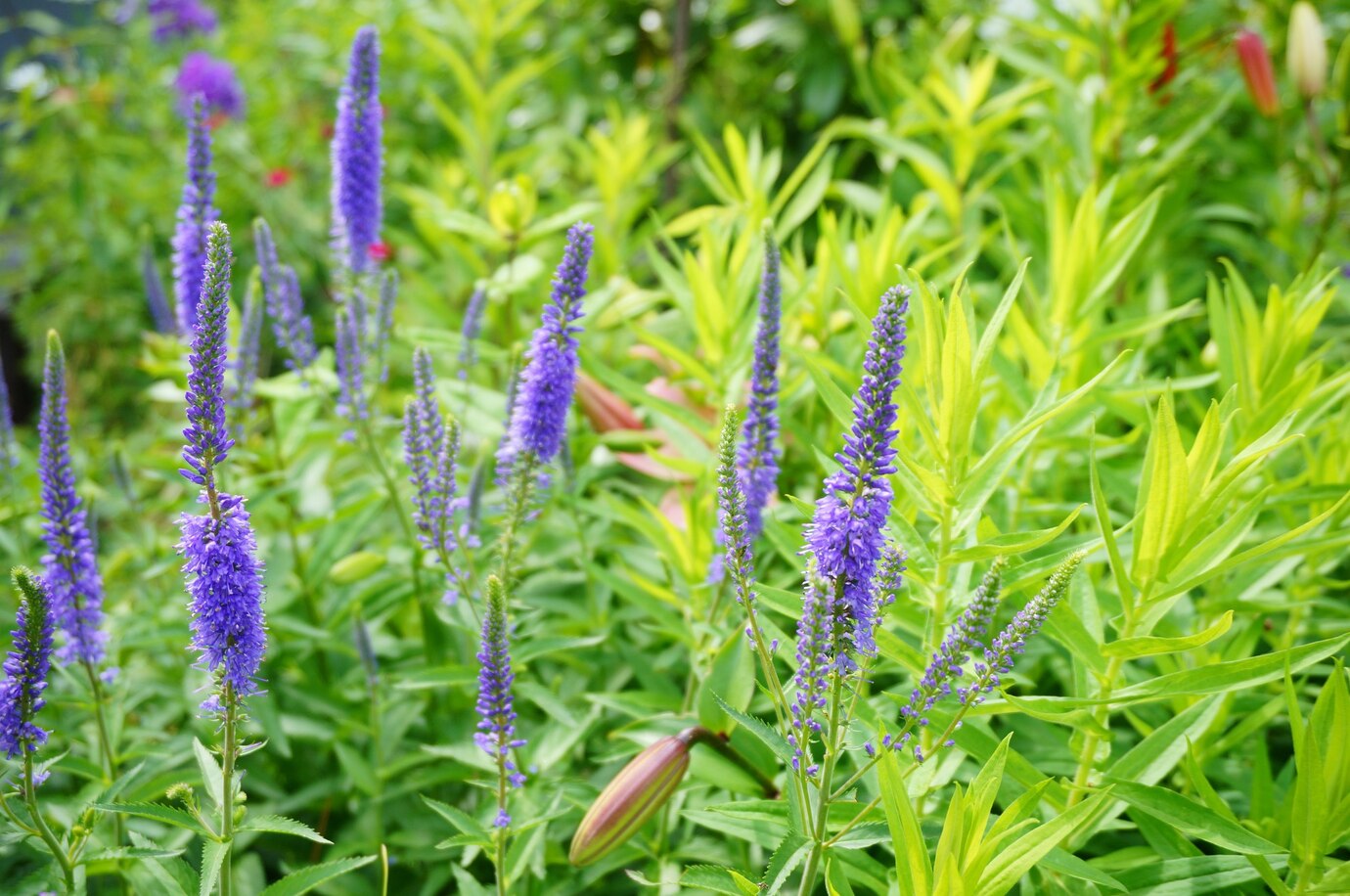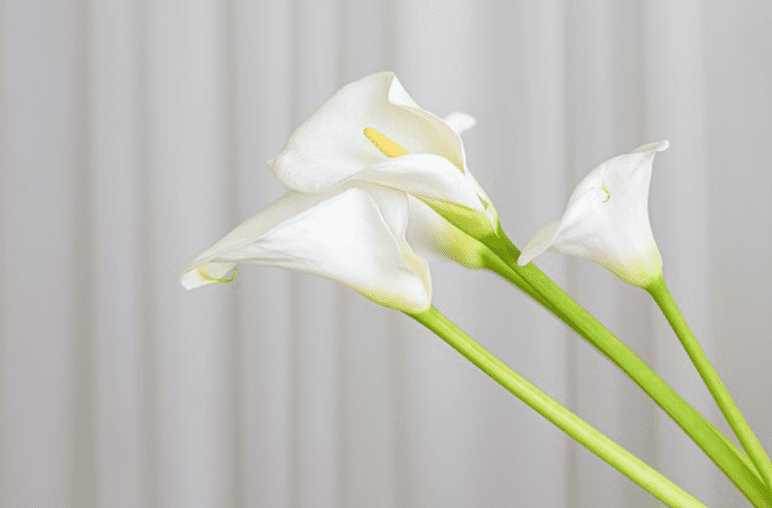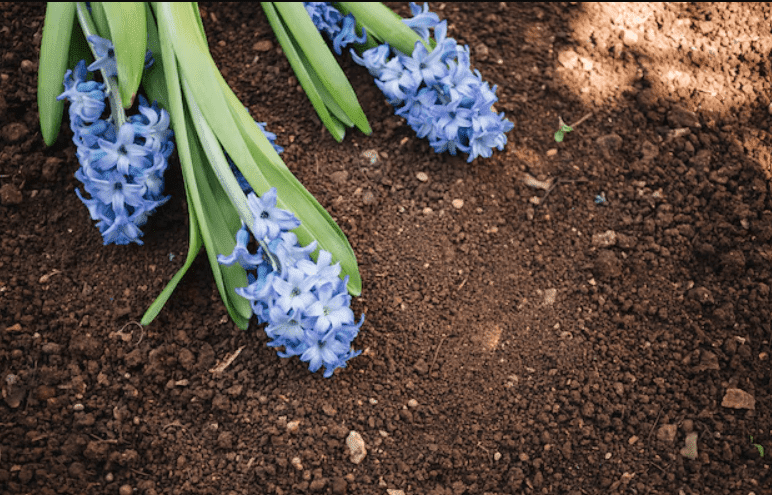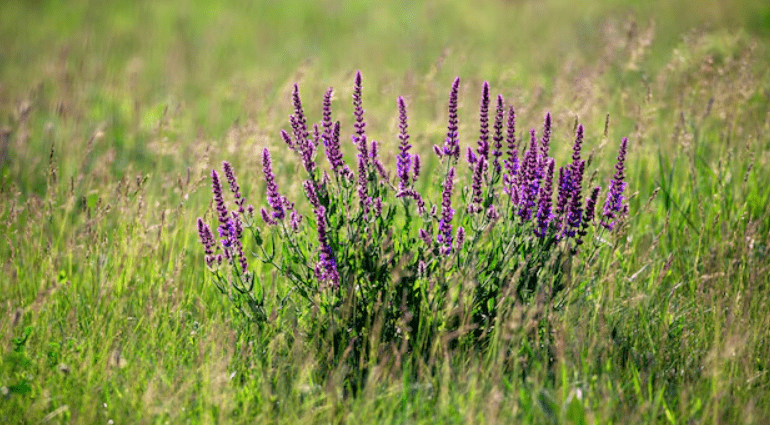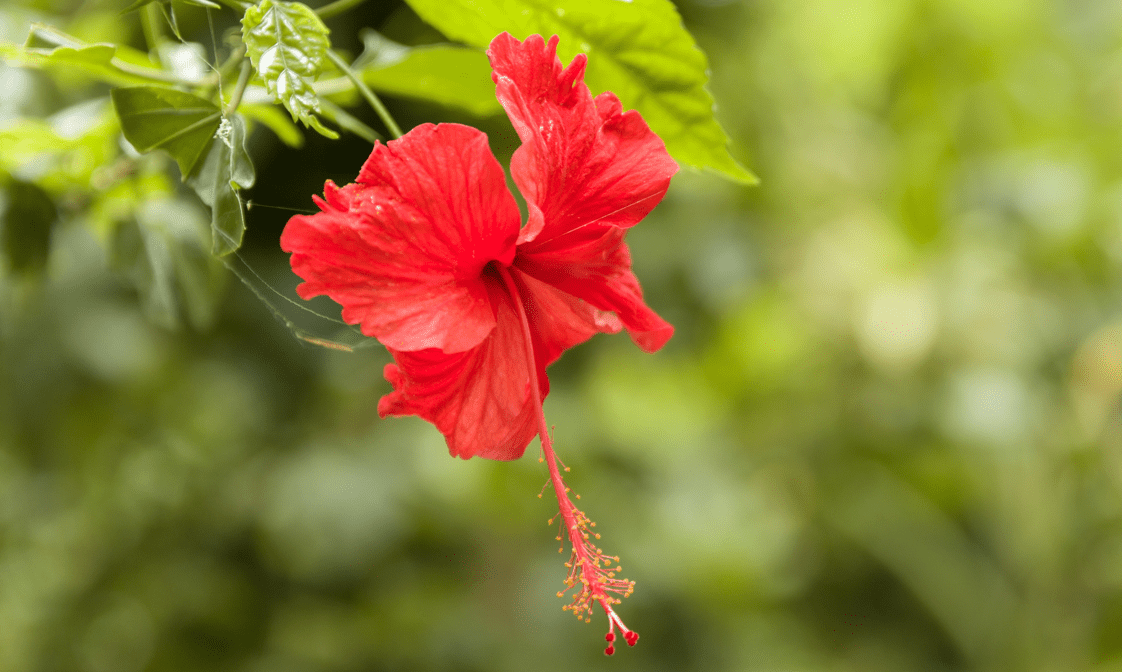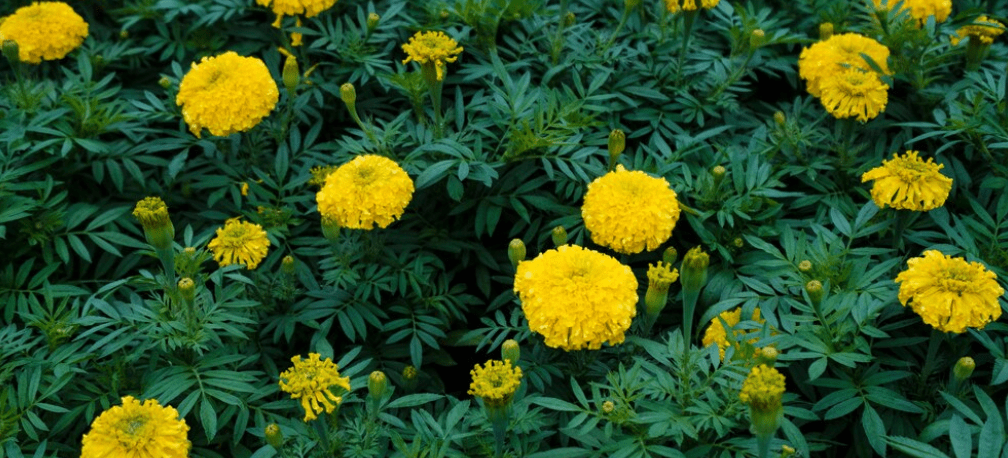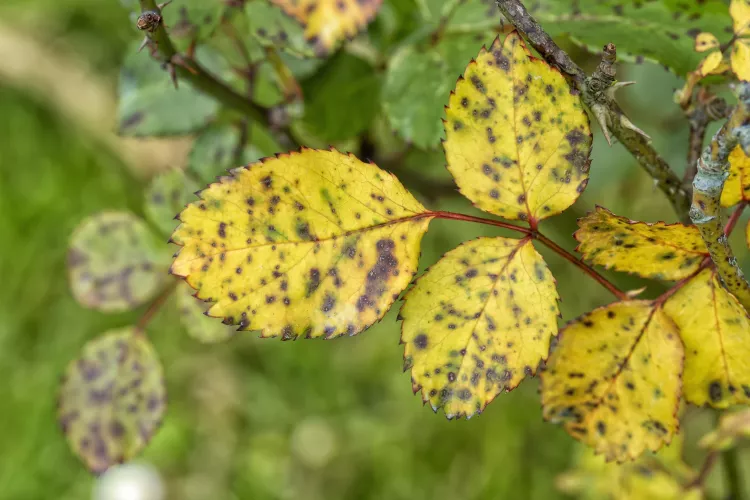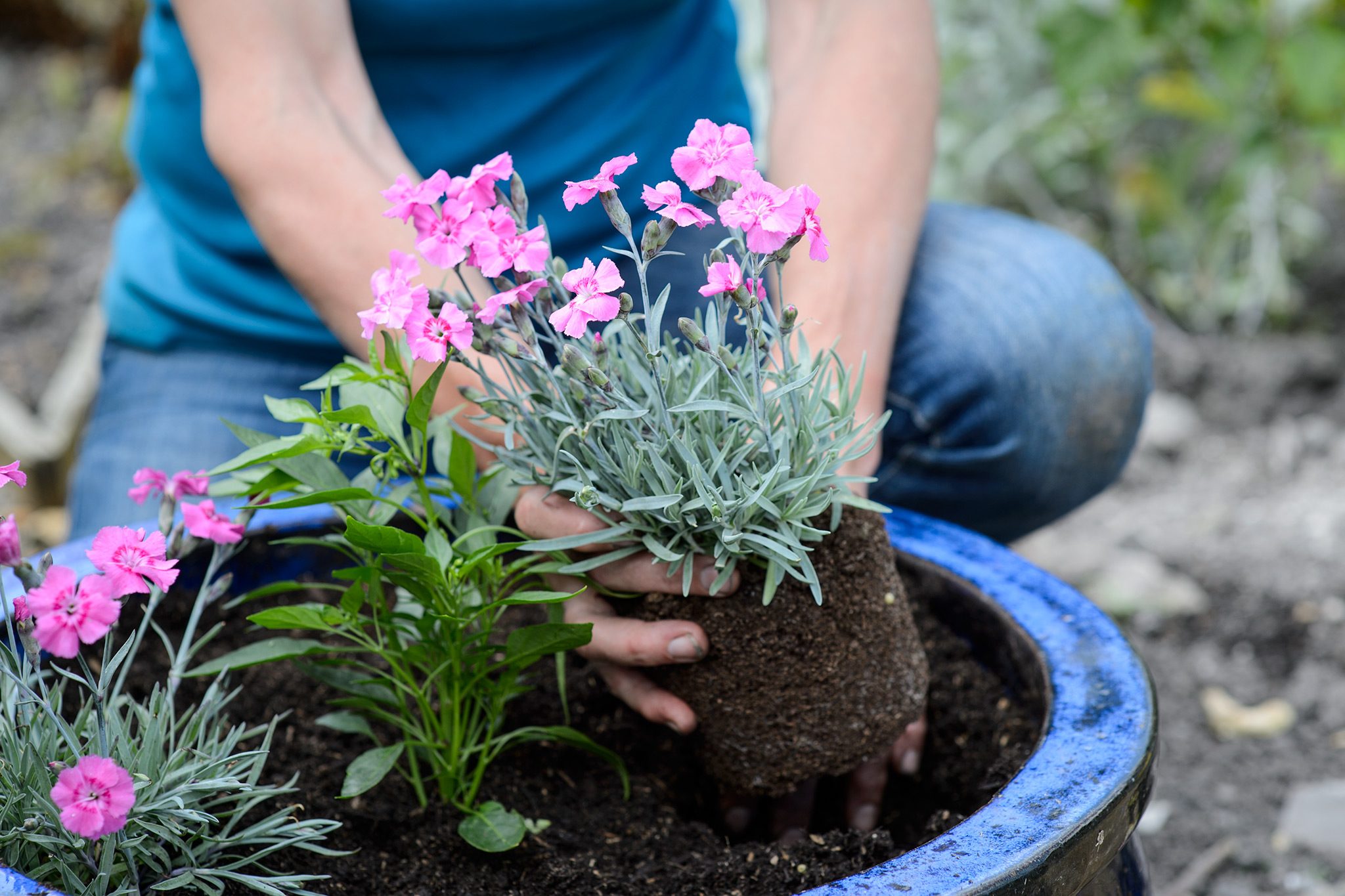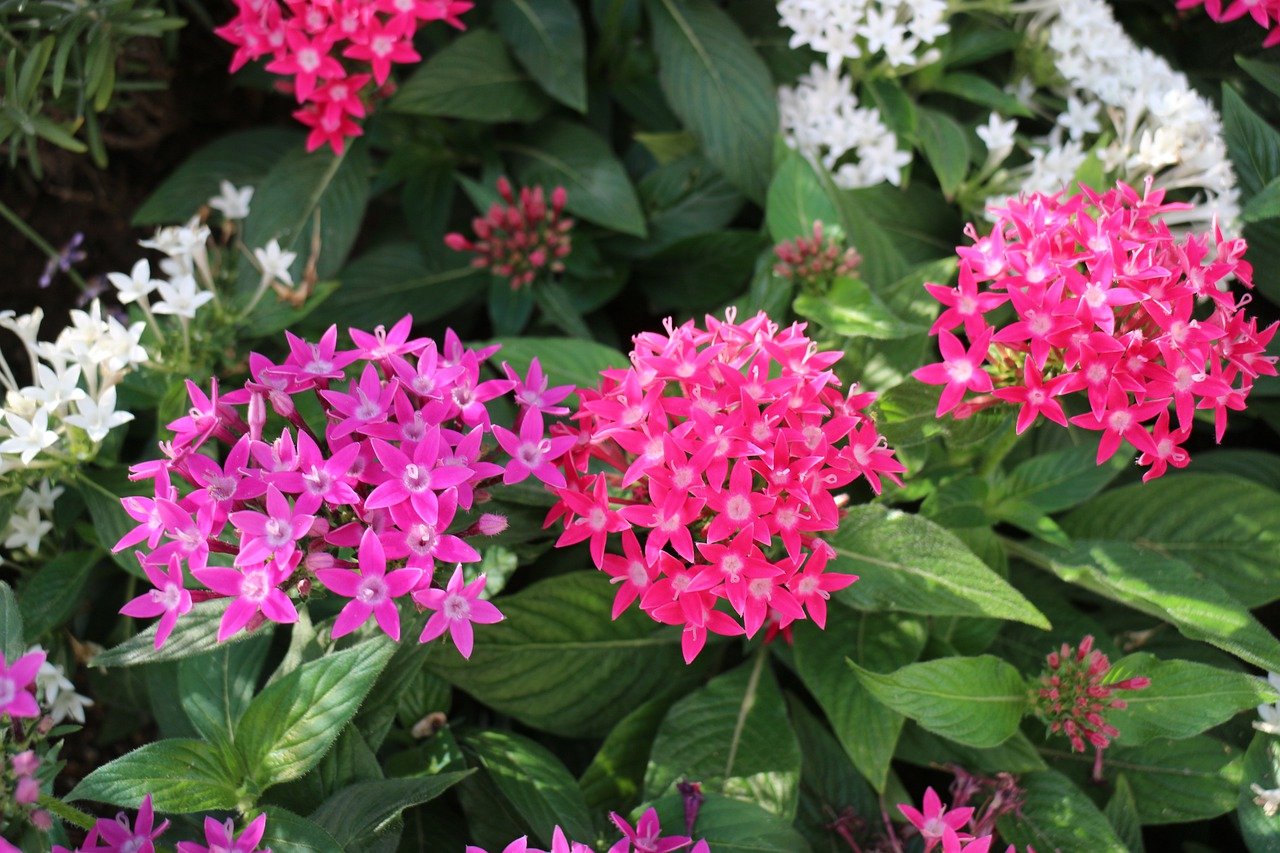Lupins are a classic choice for garden lovers, especially those with sunny borders or a cottage-style layout. These vibrant, eye-catching blooms appear from late spring to mid-summer, adding a splash of color and charm. Their tall, distinctive flower spikes are a favorite among both gardeners and pollinators. You can grow lupins from seeds and basal cuttings or purchase them as established plants ready for planting. If starting from seed, remember that the flowers often vary in color, as they rarely grow true to type. For consistent results, it’s best to propagate from basal cuttings.
Table of Contents
ToggleWhat You’ll Need to Grow Lupins
To grow lupins, you’ll need the following:
– Gloves
– A lupin plant, cutting, or seeds
– A spade, trowel, or dibber, depending on the size of what you’re planting
Since many varieties of lupins are toxic, wear gloves when handling the seeds or plants.
How to Grow Lupins
For an easy display, you can purchase mature lupins ready to go directly into the ground. To plant them straight out:
- Use a spade to dig a hole in your garden border.
- Take the lupin out of its pot and place it in the hole, making sure the top of the rootball is level with the soil surface.
- Refill the hole with soil and press it down gently to secure good contact between the rootball and the surrounding soil.
- Water thoroughly and continue watering regularly until you see new growth.
A more budget-friendly option is to buy plug plants from garden centers or online. These young plants are smaller and require some extra care before they’re ready for the garden. You’ll need to pot them on and nurture them a bit before moving them to their final spots. Here’s how to care for them:
- Water the plug plants thoroughly using a fine rose on a watering can.
- Loosely fill a 9cm (3″) pot with Levington® Peat Free John Innes No.2 compost.
- Use a dibber or pencil to make a planting hole in the compost.
- Gently place the plug plant into the hole and fill in any gaps with more compost.
- Keep the soil moist until you see new growth, then transfer the plant to its final outdoor spot.
How to Grow Lupins from Cuttings
Lupins can also be multiplied by taking cuttings from established plants or by growing them from seed during spring.
If you’re wondering how to grow lupins from cuttings, the most reliable method is through basal cutting. Here’s how to do it:
- Look for fresh shoots growing near the base of an established lupin and choose one that’s about 5–10 cm (2–4″) long.
- Use a clean, sharp knife to cut the shoot away from the main plant.
- Trim off any small leaves or side growth from the shoot.
- Make a hole in a small pot filled with cutting compost and insert the shoot, leaving just the top leaves above the soil surface.
- Gently backfill with compost, water lightly, and allow the cutting to root and grow. Once it’s established, transplant it into the garden.
How to Grow Lupins from Seeds
Lupins can also be grown from seed. To sow them successfully:
- Lightly scarify the seed surface with a knife to help with germination, then soak the seeds in water overnight.
- Fill small pots with quality seed compost.
- Use a dibber to create a 2cm-deep hole, and place one seed into each hole.
- Cover the seeds with compost, tap the pot gently to settle the soil, and water well.
- Keep the compost moist and wait for germination to take place.
Where to Plant and Grow Your Lupins
Plant lupins outdoors anytime between October and April. They thrive in full sun but can also grow in light, dappled shade—though they may produce slightly fewer blooms in lower light. Expect a beautiful display of flowers throughout June and July.
Lupins prefer moist, well-draining soil but are adaptable and will grow well even in sandy conditions. Choose a sheltered location to protect their tall flower spikes from strong winds.
Their leaves are soft, pale green, and covered in fine hairs, making them quite tactile. However, since lupins can be toxic, it’s wise to position them toward the back of a border if young children are around to keep curious hands away from the tempting foliage.
Caring and Nurturing for Your Lupins
Water newly planted lupins regularly until they’re well established, and ensure they are kept hydrated during hot spells. While they don’t need frequent feeding, using a potassium-rich fertilizer can boost flower production.
For perennial border lupins, prune them back to ground level in October to keep them tidy and encourage healthy growth. Tree lupins, on the other hand, are evergreen and don’t require pruning. Always deadhead spent flowers to encourage new flowers.
You can also enjoy lupins indoors by cutting fresh flower stalks and displaying them in a vase. Just be sure to keep them out of reach of children and pets, as lupins are toxic if ingested.
Common Pests & Plant Diseases
Lupins are prone to aphids, especially in the spring. To manage these pests, use horticultural oils or appropriate pesticides.
Lupins are also vulnerable to lupin anthracnose, a fungal disease that causes leaf blight and brown spots. If you notice this, remove and destroy the affected plants. Avoid planting lupins in the same area for several years to give the spores time to die off.
Powdery mildew, often due to poor air circulation, can appear as white, powdery patches on the leaves. To treat this, remove the affected foliage and allow for natural regrowth or apply organic treatments to control the mildew.

